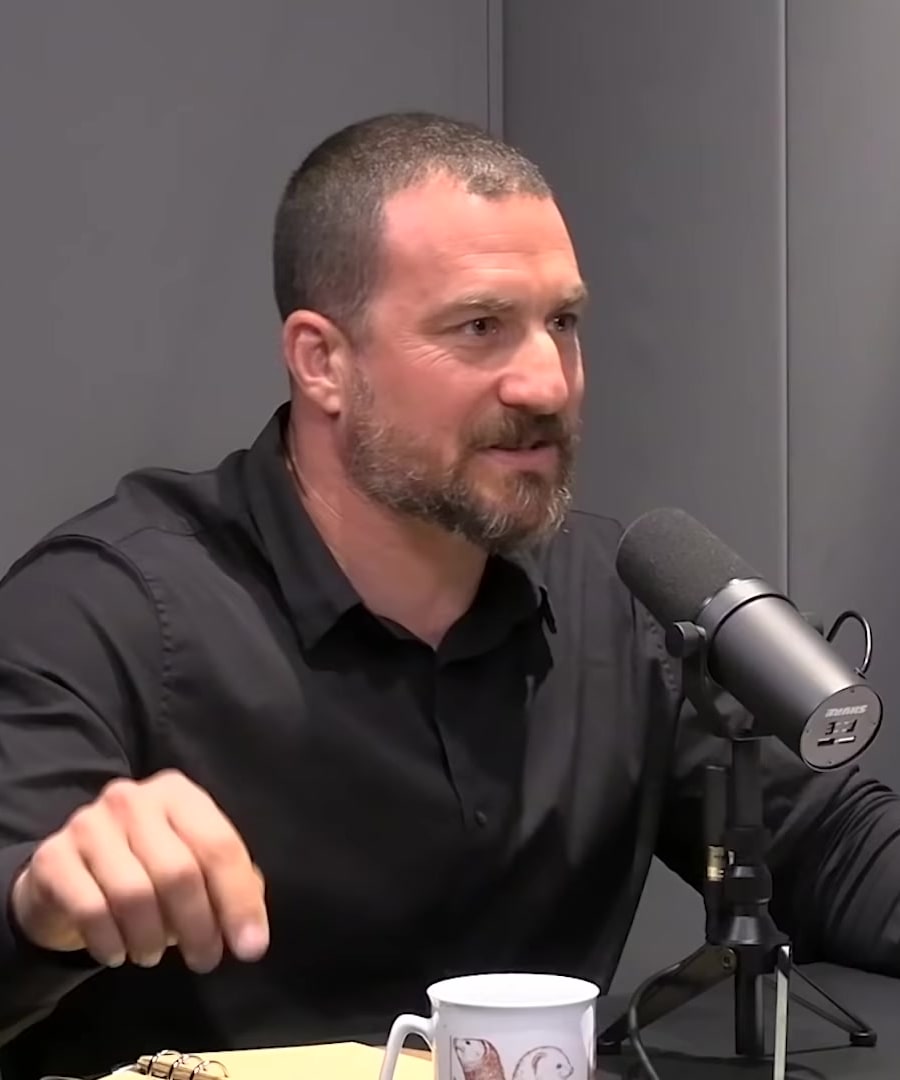Light delivery
Sources:
Andrew Huberman and Karl Deisseroth discuss gene and light therapy in an episode of the . This therapy involves delivering a gene to specific body parts using adenoassociated viruses (AAVs), which are safe and well-tolerated. Following this, the genes are activated using controlled light delivery mechanisms. These therapies require precisely tuned light to effectively stimulate the targeted areas, such as the vagus nerve for mood regulation. The light delivery is intricate, often needing devices that emit stronger and strictly controlled light than what typical ambient light sources provide 1.
For more general information about light's impact on circadian rhythms, Huberman discusses how light perceived through the eyes is crucial for regulating natural biological processes, such as sleep cycles. He critically evaluates the effectiveness of gadgets claiming to adjust circadian rhythms by delivering light to other body parts, like the ears or nose, emphasizing that credible research does not support these claims. The modulation of biology by these devices, according to Huberman, often confuses real biological mediation with mere effects, which may not be long-lasting or beneficial in aligning our internal clocks 2.
RELATED QUESTIONS

